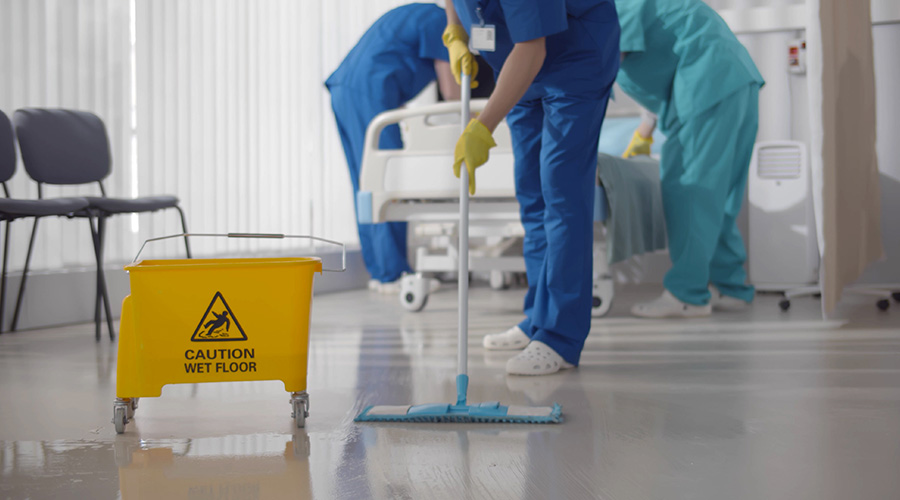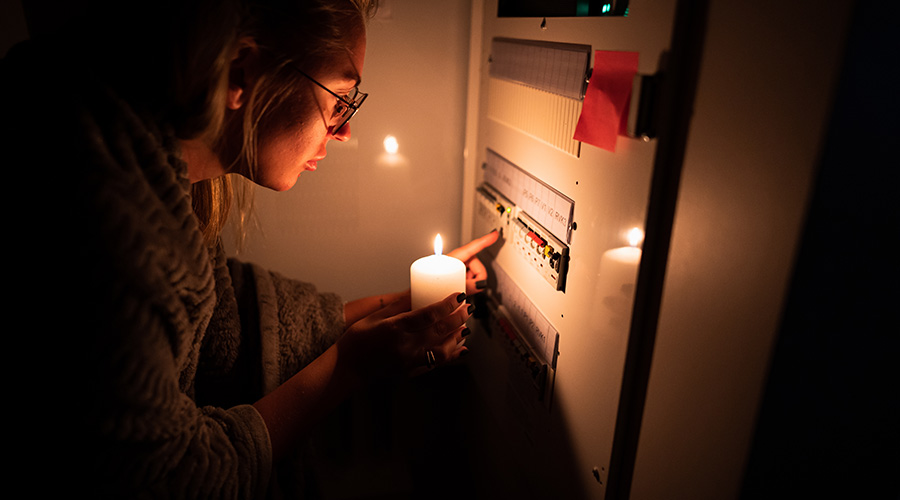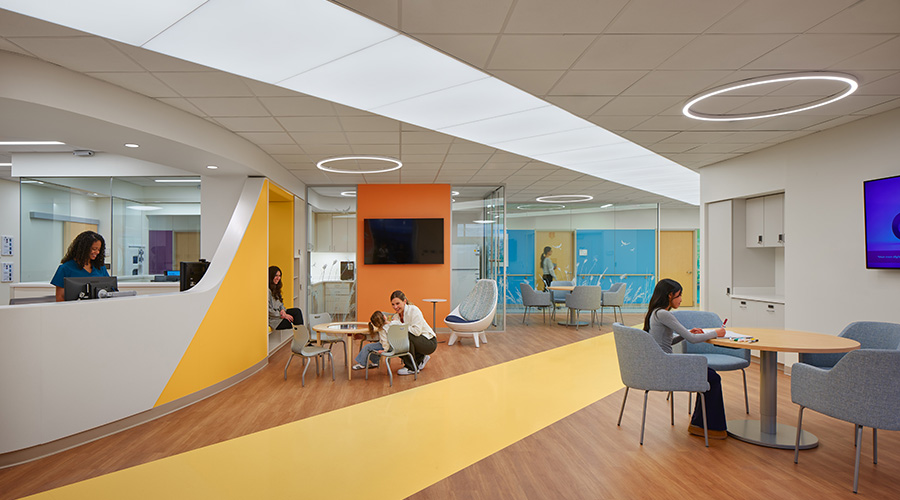A Salt Lake City hospital unit experienced a sharp but temporary decline in patient colonization with vancomycin-resistant enterococci (VRE) in the year following an extensive renovation, according to an article on the Healio website.
Researchers said the drop was likely because contaminated surfaces had been replaced.
According to the study, VRE is one of the bacterial pathogens with potential to contaminate the surfaces in patient rooms, leading to an increased risk of colonization and infection.
“Thus, remodeling that includes replacement of surfaces could conceivably reduce the rate of infection, at least until environmental recontamination occurs,” researchers said.

 Contaminants Under Foot: A Closer Look at Patient Room Floors
Contaminants Under Foot: A Closer Look at Patient Room Floors Power Outages Largely Driven by Extreme Weather Events
Power Outages Largely Driven by Extreme Weather Events Nemours Children's Health Opens New Moseley Foundation Institute Hospital
Nemours Children's Health Opens New Moseley Foundation Institute Hospital Code Compliance Isn't Enough for Healthcare Resilience
Code Compliance Isn't Enough for Healthcare Resilience Ribbon Cutting Marks First Phase Completion for New Montefiore Einstein Facility
Ribbon Cutting Marks First Phase Completion for New Montefiore Einstein Facility